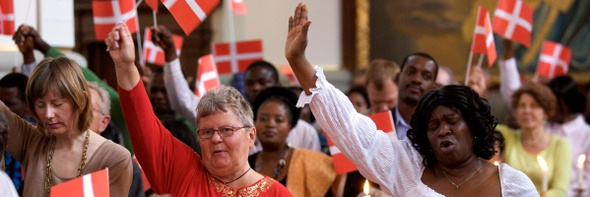Earliest date for celebration of Danish Great Prayer Day
The Lutheran Church of Denmark explains it thusly:
Great Prayer Day (in Danish Store Bededag) is a special Danish festival. It falls on the fourth Friday after Easter Sunday, i.e. somewhere between mid-April and mid-May. When it was put on the Statute Book in 1686 by King Christian V it was meant to be a day of prayer, fasting and penitence. Nowadays most Danes associate the Great Prayer Day with hot wheat buns (in Danish: varme hveder). In recent years immigrants have revived the Great Prayer Day (or National Prayer Day) as a day of prayer for the nation and for peace in the world, and people from various church denominations gather to pray and worship together. The event is organised by the Church Integration Ministry the Evangelical Alliance of Denmark.
When the Great Prayer Day was introduced in 1686 there were a number of other fast and prayer days too. The architect behind three of these days, including the Great Prayer Day, was Bishop Hans Bagger from Roskilde. By 1770 there were 22 holy days in Denmark. Struensee, at the time royal physician and a minister in the Danish government, became the man behind a reform that abolished half of these, e.g. the Third Day of Christmas, Three Kings’ Day, Candlemas and St John’s Day.
In the past, on the evening before the Great Prayer Day, the church bells announced its coming. On Great Prayer Day itself, all kinds of work and trade were forbidden. People were expected to fast until the church services were over and to abstain from travelling, playing and gambling as well as from other sorts of “worldly vanity”. The bakers, too, were not allowed to work. So instead of making fresh bread on Friday they began baking wheat buns on Thursday. These could be heated up the following day. Today baking is no longer forbidden on Great Prayer Day, but it still remains common to eat hot wheat buns the evening before.
